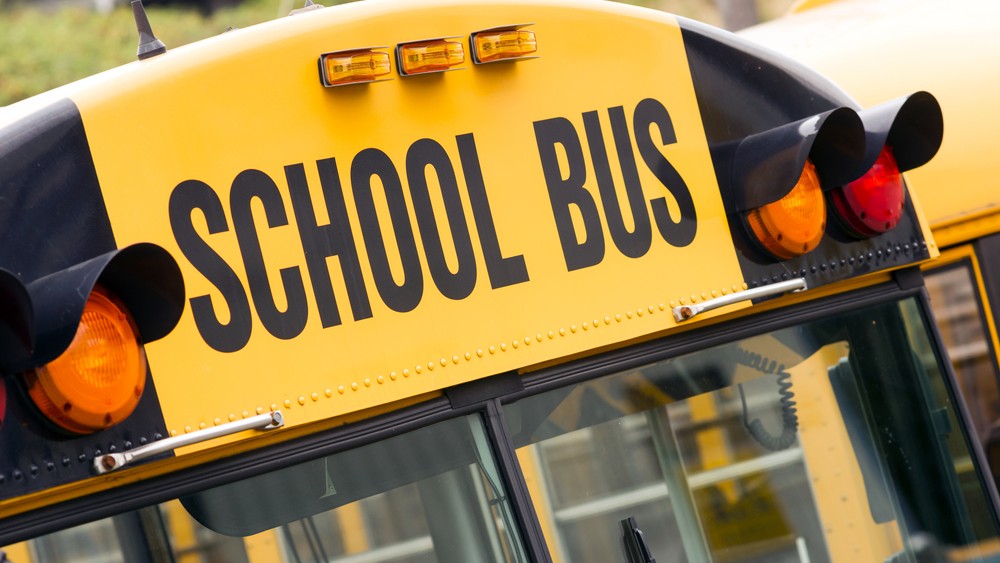Key Takeaways
– Families face higher bills for school supplies and lunches
– Tariffs drive up prices by more than forty percent on some items
– Budget cuts may end free school meals for millions of children
Rising Prices Hit Basic Supplies
As summer ends and students prepare for a new year, families face much higher costs. Items like index cards and binders now cost far more. Experts say a new report blames the price hikes on recent tariff policies and a major budget law. These policies add an effective back to school tax to basic goods.
Experts found that prices on paper goods jumped by more than forty percent this year. In addition, parents will spend about one hundred sixty three dollars more on lunch staples like juice boxes and fruit. Higher costs can strain household budgets already stretched thin by rising rents and utility bills.
Tariffs and Budget Cuts Fuel Price Hikes
The sharp rise in supply costs comes as tariffs on imported goods take effect. These levies apply to items from notebooks to laptops. Import duties add extra fees to each product. As a result, store shelves now carry steeper prices.
Moreover, a recent budget law cut food assistance and student aid programs. This law offers large tax breaks to wealthy earners and big businesses. At the same time, it slashes support for low income families. Cuts to nutrition and loan programs reduce help for students and their parents.
Meal Programs Face Major Cuts
Cuts to food assistance programs will also hurt school meal services. Many schools use federal guidelines tied to these programs to offer free or reduced price meals. Without that support, more families will pay full price for lunches.
Projections show that more than eighteen million children could lose access to free school meals in the next few years. This change could force schools to raise meal prices or limit who qualifies. For families already coping with higher supply costs, added lunch bills may prove impossible.
Families Feel the Squeeze
Recent surveys show many parents expect lunch costs to climb this year. Nearly half of caregivers believe daily meals will cost more than last year. These concerns come amid slowing wage growth and steady inflation.
One advocate noted that these policies turn back to school planning into a budgeting nightmare. Parents now pay more for items from backpacks to pencils. At the same time, they face reduced support from federal programs designed to help them.
Tips to Ease the Burden
Despite these challenges, families can take steps to manage costs. First, create a shopping list and stick to it. Second, compare prices at different retailers and online. Third, look for back to school sales and discount events. Fourth, consider buying in bulk for common items like paper and pens.
In addition, some schools and community groups run supply drives. Donating or swapping gently used items can cut expenses. Finally, reach out to school counselors or local charities for meal assistance programs still in place.
Moving Toward Solutions
While families take these steps, long term fixes require policy change. Advocates call on lawmakers to reconsider tariffs that drive up basic costs. They also urge restoring cuts to food and education programs to keep meals affordable.
Until then, communities must rally to support families. Schools, nonprofits, and businesses can partner on donation drives and meal subsidies. By working together, they can ease the burden and ensure no child starts the school year hungry or without needed supplies.
Conclusion
Back to school season should excite students and parents alike. Instead, many face unexpected financial stress. Higher prices for index cards and lunches may feel like a surprise charge on every purchase. Yet these added costs come down to policy choices made at the highest levels.
As families adjust their budgets, they hope for relief. They need stable prices and reliable support for meals and aid. In the end, investing in student success can lift the whole community. And without action, back to school may remain a season of hardship rather than hope.

